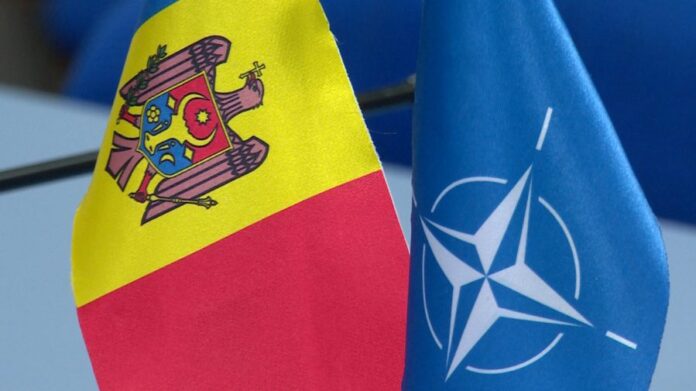Europe is rediscovering the urgency of its own security, and the Republic of Moldova is once again in the strategic spotlight on the continent. German Chancellor Friedrich Merz warned that Russia could attack other states if Ukraine were to surrender, highlighting the vulnerability of the eastern flank and the delicate balance between neutrality and collective defense. While Ukraine fights the continent’s most difficult battle for freedom, Moldova faces another challenge: how to defend itself effectively without giving up its constitutional neutrality.
Merz, addressing the Bundestag ahead of the European Council meeting in Brussels, said: “The visit [to the White House] did not go as Vladimir Zelenski hoped. But it also shows that we Europeans still have much to do to end this war in Ukraine as quickly as possible. This war could end in 24 hours if Ukraine ceased fighting and ceded its territory to Russia. But then we can only assume another country would be attacked next — it could be Moldova, it could be the Baltic states. Even here at home, we see daily Russian cyberattacks, disinformation campaigns, and more.”
Military Threats and Risks in Moldova’s Defense Strategy
The new military strategy adopted in Chișinău explicitly identifies Russia as one of the main threats to national security — a step of strategic maturity and recognition of regional realities. In this context, Moldova’s relationship with NATO gains importance, even without an intention to join.
According to military expert Artur Lescu (WatchDog.MD), “Knowing the risk is only the first step — the next is having the real capacity to ensure that danger does not reach you. Continuous modernization, modern equipment, regular training, and a responsive defense infrastructure are essential.”
Partnership with NATO through training, modernization, and resilience programs acts as an indirect protection — a “security umbrella” that does not replace neutrality but makes it credible. Cooperation with the European Union in defense and security further strengthens a coherent regional defense architecture from the Baltic to the Black Sea.
The Armed Forces’ main mission, as defined by the Constitution and Moldova’s National Defense Strategy 2024–2034, is to safeguard sovereignty, independence, unity, territorial integrity, and constitutional democracy. This includes preventing and countering military threats, participating in international missions, and supporting public authorities during crises.
Currently, the national army is conducting the “Joint Combined Exchange Training-2025” (JCET) until the end of October, with participation from Romanian soldiers. Exercises include infantry weapons training, physical endurance drills, command skills development, medical-military training, and parachute jumps (both static-line and freefall).
Europe and NATO: A Unified Front
Chancellor Merz emphasizes a stronger Europe, meaning a fairer distribution of defense responsibilities between the U.S. and European states. Artur Lescu adds: “Preparing for a scenario does not mean it will happen — rather, states must always prepare for the worst to prevent harm.”
NATO defense ministers reaffirmed their support for Ukraine, including funding through the PURL (Prioritized Ukraine Requirements List) program. Germany, Canada, the Netherlands, Sweden, Denmark, and Norway have already contributed the first $2 billion, with more countries joining.
While NATO’s umbrella does not officially extend to Moldova, its principles — solidarity, interoperability, and deterrence — provide guidance for Chisinau. In a world where war crosses borders, Moldova needs not only a strategy but a vision: how to turn geographic vulnerability into a tool of cooperation and continuous preparedness.


